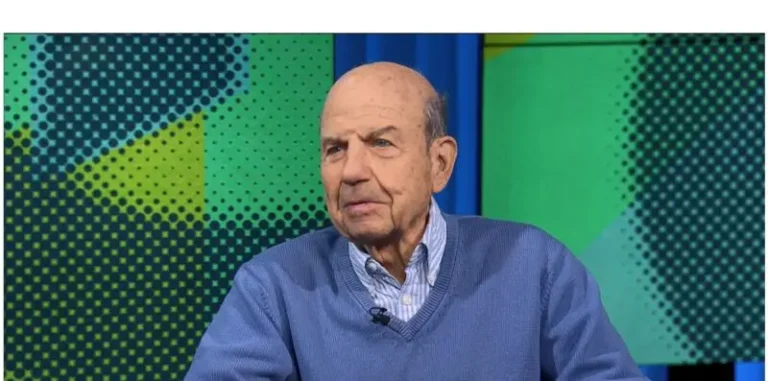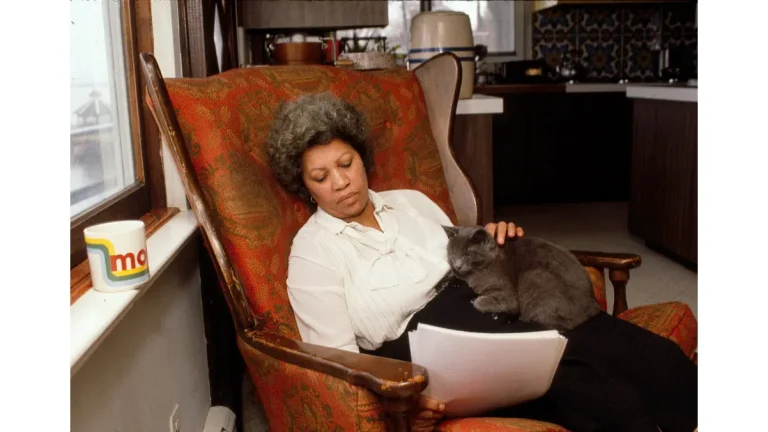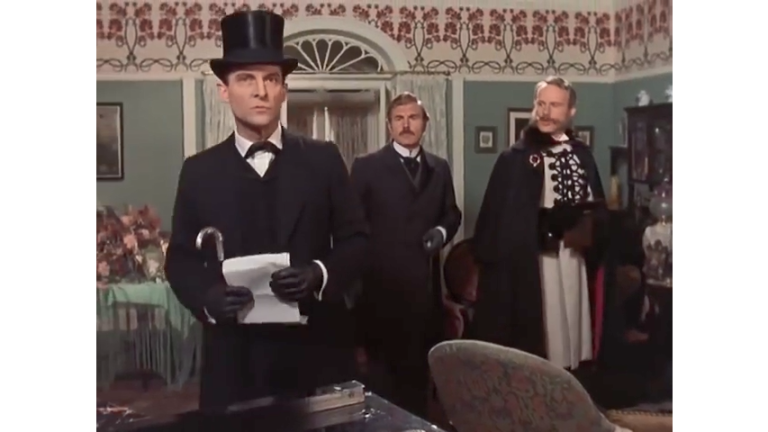Story Too Long? Here’s How to Trim It
7 ways to make stories shorter and stronger
The first draft of “The Power Broker,” Robert Caro’s Pulitzer Prize-winning, 1974 biography of New York transportation official Robert Moses had to be cut by a third. That was a problem.
The draft was a little more than one million words, which meant removing 350,000 words. That’s as many words as Leo Tolstoy used to tell “Anna Karenina,” his sweeping novel about 19th Century Czarist Russia.
And there was a bigger problem.
“The material was wonderful, so it was very hard to give it up,” Robert Gottlieb, Caro’s editor at Alfred A. Knopf, said in “Turn Every Page,” a documentary about their long working relationship.
“It’s not like the usual situation where, as the editor, you think, oh my God, you know, this is boring,” he said. “But here, the problem was that I didn’t want to get rid of this material either, but it had to go.”
Caro said: “Looking back on it, it was really hard. Whenever I look back on my life, I don’t think anything was harder than that.”
Public relations and internal communications managers are often experienced writers but receive little training or coaching in editing. Yet changing copy for the better is the part of the job that their audiences see.
The first task as an editor is to look for what’s missing. But once all the pieces are in place, the attention shifts to what should be taken out to make the copy more readable, to meet space constraints or to avoid reader fatigue. Achieving those goals requires special skill.
We have seven tips on reducing the length of a story, from what a barber would call a trim to what a surgeon would call a resection.
1. Read from top to bottom. Ask yourself, “What’s the central idea that should be conveyed, above all others?” Any change, even a small one, should preserve the story’s core point.
“Do no harm” isn’t literally part of the Hippocratic Oath, but it’s every editor’s first responsibility.
2. How much? The next step is to decide how much the story must be shortened. Are you tightening to make the copy more readable?
Or does the story stray from the central idea? If so, will those cuts require reorganizing what’s left?
“Prune the big limbs, then shake out the dead leaves,” writing coach Roy Peter Clark wrote in “Writing Tools,” published in 2006, which offers 50 short tips.
3. Ask the writer. Is a major reduction needed? Writers often struggle to cut their own copy, but their suggestions are a good place to start.
“The best results happen when an editor works collaboratively with a writer,” according to “Editing: The Essential Guide to Better Writing Across Today’s Media,” published this year. “Nowhere is this more important than in trimming a long narrative.”
4. Cut from the bottom? This is an old newsroom adage. It comes from the time when news stories were written in the classic inverted pyramid structure, where less important information is at the end.
But not all inverted-pyramid stories end that way. Some end with a “kicker” that reinforces the central idea of the story. It can be a quote or short, memorable sentence.
Other stories end with a look to the future, what some editors call a spin forward. You don’t want to cut these endings.
But the bottom of the story is ripe for plucking if it doesn’t have essential information.
5. Cut from the top? Less-experienced communicators write in a logical progression, building an argument that finishes with a conclusion, which is the central idea. Instead of cutting the ending, an editor will want to move that stuff up, perhaps to the first sentence.
As result, these stories often begin with too much background information. This info should be moved — and trimmed.
6a. Trim quotes. Your audience wants to hear what people say in their own words, which seemingly makes quotes a strange place to cut. The problem is published quotes are often too long or are just plain bland.
Good quotes in written-word stories should be like sound bites in broadcasting — short and memorable, conveying emotion or insight.
Here are two quick tips on trimming quotes:
- Paraphrase sentences that just state facts and numbers or contain jargon and clichés.
- If you’re presented with a quote that’s several sentences long, pick out the sentence with a little snap. Paraphrase the rest.
6b. Trim the setup. Sometimes the sentence before a quote paraphrases the quote.
Avoid the repetition. Shorten the introduction by describing the subject of the quote. Point the reader in the direction of what the speaker will say.
7. Cut 10%. In 1965-66, during Stephen King’s senior year in high school, he learned a lesson that “changed the way I rewrote my fiction once and forever,” according to his book, “On Writing: A Memoir of the Craft.”
He was already submitting stories to magazines like Fantasy and Science Fiction and receiving form rejections.
One day, he received a handwritten note on a rejection letter which said, “Not bad, but PUFFY. You need to revise for length. Formula: 2nd Draft = 1st Draft – 10%. Good luck.”
Trimming this way requires slowly reading the story. Jane Rosenzweig, director of the Harvard Writing Center, suggests asking these questions:
- What is the word adding to your sentence?
- If you cut it, does your sentence lose anything?
- If you keep it, will you dilute your message?
There are probably a hundred tips for this line-by-line analysis. Here are just seven:
7a. “‘Who is, which was’ and the like are often superfluous,” according to “The Elements of Style,” William Strunk Jr. and E.B. White’s landmark writing guide. The book also lists many common expressions that are unnecessary.
7b. A positive statement is more concise than a negative one, they suggest.
7c. Active voice is more concise than passive voice, they also suggest.
7d. A bulleted list can be an efficient way to lay out information. But don’t go Axios HQ Smart Brevity crazy. Bullets can quickly become tedious.
Remember to use parallel constructions for every item in the bulleted list, as “The Associated Press Stylebook” recommends.
7e. Repetitive hedges, such as “based on the data” or “according to the research,” add wordiness and choke the impact out of a story. When overused, they turn a big point into a little one.
Instead, state the story’s broad conclusions up high in a story. Then lower down, support the conclusion with appropriate cautions and limitations.
Qualifiers, such as “to our knowledge” and “we believe” are also ripe for trimming.
7f. Even spies write concisely. “Be frugal in the use of adjectives and adverbs, let nouns and verbs show their power,” according to the CIA’s “Style Manual & Writings Guide for Intelligence Publications,” published in 2011.
7g. Look for jargon and bureaucratese, which is less understandable and usually longer than the common words they replace. Instead of “circling back,” “revisit.”
‘Stalking out’
Caro agreed “in theory” that “The Power Broker” needed to be cut, Gottlieb said, but the process was famously contentious. They worked together for about a year, arguing about semicolons as well as cuts.
“There was a lot of stalking out of rooms,” Caro said in the documentary, released in 2022.
Their working relationship continued from that book through four volumes of Caro’s biography of Lyndon B. Johnson, until Gottlieb’s death in 2023 at age 92. Caro, 89, is writing the fifth volume.
Caro said of Gottlieb, “He’s maybe the only person I ever met who cared as much about the writing.”
Then, laughing, he said, “That doesn’t even mean we agreed about the writing.”
Tom Corfman is a senior consultant with Ragan Consulting Group, where he directs the Build Better Writers program. He’s grateful to Jim Ylisela, RCG’s co-founder, for trimming this story.
Want to learn more about our one-on-one writing training program? Email Tom to set up a call with Tom and Jim.
Follow RCG on LinkedIn and subscribe to our weekly newsletter here.






